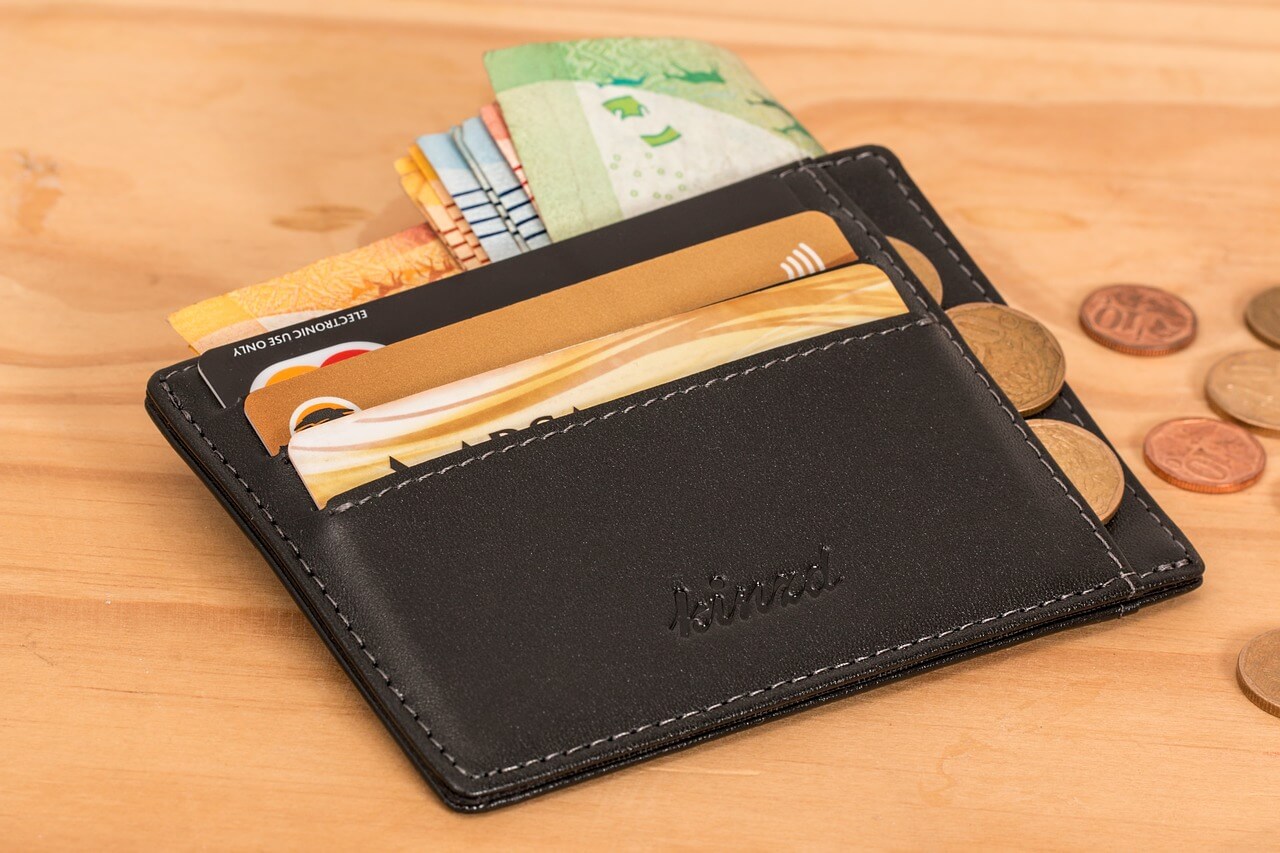Image source: Pixabay
As we usher in 2025, many Filipinos are eager to turn over a new leaf and take control of their financial futures. The start of a new year presents the perfect opportunity to reassess our money habits and set ourselves up for long-term financial success.
In the Philippines, financial literacy remains an ongoing challenge. Many enter the workforce with limited knowledge about personal finance, investments, and long-term planning.
This article will walk you through essential steps to create a robust financial plan, set achievable goals, and make your money work harder for you in the coming year and beyond.
Step 1: Assessing Your Current Financial Situation
The initial step to financial planning for the new year is to assess your present financial situation
It's crucial to have a clear understanding of where you currently stand. This initial step involves taking a comprehensive look at your income, expenses, assets, and liabilities to create a snapshot of your overall financial health.
By conducting this assessment, you'll be better equipped to set realistic goals and develop an effective strategy for the year ahead.
Start by Gathering All Relevant Financial Documents
Create a detailed list of your monthly income sources, whether it's your salary, business revenue, or passive income from investments.
Next, catalog all your regular expenses, from essential costs like rent and utilities to discretionary spending on entertainment and hobbies.
Account for Any Debts and Assets
Don't forget to account for any debts you may have, such as credit card debt, personal loans, or mortgages.
Understanding the full extent of your liabilities is crucial for developing a plan to manage and eventually eliminate them.
On the flip side, take stock of your assets, including savings accounts, property, vehicles, and any investments you may hold.
Calculate Your Net Worth
Once you have a comprehensive overview of your finances, calculate your net worth by subtracting your total liabilities from your total assets.
This figure serves as a baseline for measuring your financial progress over time. Additionally, analyze your cash flow by comparing your monthly income to your expenses.
Step 2: Setting SMART Financial Goals for 2025
A taxable investment account offers flexibility for all goals.
Effective goal-setting is key to staying motivated and making measurable progress toward your financial aspirations.
When formulating your objectives, it's helpful to use the SMART framework: Specific, Measurable, Achievable, Relevant, and Time-bound.
Begin by reflecting on your long-term financial dreams and breaking them down into smaller, more manageable milestones.
For instance, if your ultimate goal is to purchase a home in the Philippines, your SMART goal for 2025 might be to save 20% of the required down payment.
This goal is specific (saving for a house down payment), measurable (20% of the total amount), achievable (based on your current income and expenses), relevant (aligned with your long-term aspirations), and time-bound (to be accomplished within the year).
Step 3: Creating a Comprehensive Budget
A well-crafted budget is the cornerstone of any successful financial plan.
It serves as a roadmap for your spending and saving habits, helping you allocate your resources effectively and stay on track toward your financial goals.
For Filipinos looking to strengthen their financial position in 2025, developing and sticking to a comprehensive budget is essential.
Categorize Your Expenses
Start by categorizing your expenses into fixed costs (such as rent, loan payments, and insurance premiums) and variable expenses (like groceries, transportation, and entertainment).
Be sure to include occasional expenses like annual vehicle registration or holiday gifts.
Compare Your Income vs. Expenses
Compare your total monthly expenses to your income. Aim to follow the 50/30/20 rule as a general guideline: allocate 50% of your income to needs, 30% to wants, and 20% to savings and debt repayment.
When creating your budget, consider using digital tools and apps designed for the Philippine market.
Many local banks offer budgeting features within their mobile apps, making it easy to track your spending in real time.
Alternatively, you can use spreadsheet templates or dedicated budgeting apps to monitor your finances.
Step 4: Building and Maintaining an Emergency Fund
Retirement accounts provide tax benefits for long-term savings.
Financial experts typically recommend saving 3-6 months' worth of living expenses in your emergency fund.
However, the exact amount may vary depending on your circumstances, such as job stability, health conditions, and family responsibilities.
Start by setting a realistic initial goal, such as saving one month's expenses, and gradually build up from there.
It's important to clearly define what constitutes an emergency to avoid dipping into this fund for non-essential expenses. True emergencies might include:
- Unexpected medical expenses
- Major home or vehicle repairs
- Job loss or significant income reduction
- Unplanned travel for family emergencies
Step 5: Exploring Investment Options in the Philippine Market
Before diving into specific investment vehicles, it's important to assess your risk tolerance and investment timeline.
Generally, younger investors with a longer time horizon can afford to take on more risk, while those nearing retirement may prefer more conservative options.
Consider working with a licensed financial advisor for proper wealth management and to help determine the right investment mix for your unique situation.
Here are some popular investment options available in the Philippines:
Stocks
Investing in individual company stocks through the Philippine Stock Exchange (PSE) can offer high potential returns but also comes with higher risk. Consider starting with blue-chip companies or using stock mutual funds for diversification.
Bonds
Government bonds (e.g., Retail Treasury Bonds) and corporate bonds typically offer lower risk and steady income. They can be a good option for more conservative investors or as part of a balanced portfolio.
Mutual Funds
These professionally managed investment vehicles pool money from multiple investors to invest in a diversified portfolio of stocks, bonds, or other securities. They offer an easy way for beginners to start investing with relatively small amounts.
Unit Investment Trust Funds (UITFs)
Similar to mutual funds, UITFs are offered by banks and provide diversification across various asset classes. They often have lower minimum investment requirements compared to mutual funds.
Real Estate
Property investments can provide both rental income and potential capital appreciation. Consider Real Estate Investment Trusts (REITs) for a more liquid and diversified approach to real estate investing.
Pag-IBIG MP2
This voluntary savings program offered by the Home Development Mutual Fund (HDMF) offers higher interest rates compared to regular savings accounts and is backed by the government.
Digital Banks
Several digital-only banks have entered the Philippine market, offering competitive interest rates on savings accounts and time deposits.
Conclusion
As you move forward into 2025 and beyond, regularly reassess your financial habits and look for areas of improvement. Your financial journey is unique, and what works best for you may evolve.
Don't hesitate to seek professional investment advice, such as financial advisors or a financial planner, to help you create a comprehensive financial plan.
They can walk you through tax planning, retirement planning, and even an estate plan.
By combining the strategies outlined in this guide with these healthy financial habits, you'll be well-positioned to take control of your finances, build long-term wealth, and achieve your personal and financial aspirations.
Here's to a prosperous and financially empowered 2025 for all Filipinos!















